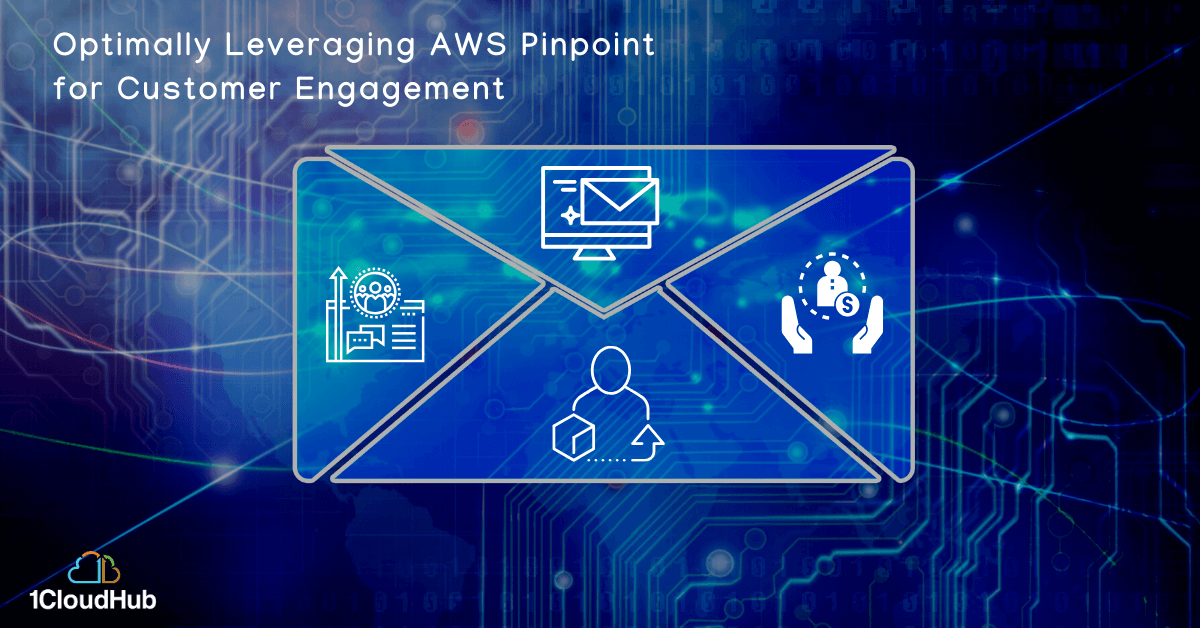Customer engagement in today’s world is becoming crucial, especially for B2C businesses in order to sustain higher growth rate and keep increasing revenue. With raising awareness due to the COVID-19 pandemic, solutions which involves no physical contact or presence will be most welcome.
There are several channels as well as tools available for such Customer Engagement mechanisms which are facing one or many of the below challenges.





